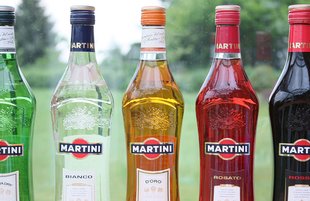What is Vermouth? (Styles, Flavors, 10 Best Wines 2025)
The unique liqueur-like Vermouth has been under the radar for several decades, but it’s finally made a comeback.
It’s an essential ingredient of hugely popular cocktails and can even be enjoyed on its own.
But what exactly is Vermouth, and how is this wine made?
Let’s dive into the history, different Vermouth styles, and best Vermouths to buy in 2023.
We’ll also take a look at the easiest way you can start a fine wine collection.
Further reading
- Looking to start investing in fine wine? Check out our Complete Guide to Investing in Wine.
- If you’re a fan of Sweet White Wine, you’ll love these Elegant Ice Wines. And if you prefer dry wines, here are some of the best Dry White Wine bottles in 2023.
What is Vermouth?

Vermouth is a fortified wine aromatized with different botanicals. It can be made with different wine grapes, including:
- Trebbiano
- Clairette Blanche
- Catarratto
- Piquepoul
Many people think of Vermouth as a liqueur, but it’s actually a spiked wine with a higher alcohol content of around 15-18% ABV.
The name Vermouth comes from the German “wermut” (meaning “wormwood”), which was one of the integral Vermouth ingredients in the past. Wormwood is also popular in the making of absinthe.
Vermouth’s distinct botanical flavor comes from the infusion of herbs, barks, seeds, and spices like:
- Wormwood
- Coriander
- Rosemary
- Citrus peel
- Chamomile
- Cardamom
- Gentian
- Sage
- Cinnamon
- Cloves
- Juniper
- Saffron
- Quinine
- Ginger
Vermouth is mainly produced in Turin and Piedmont in Italy and the Chambery region in France. Other popular Vermouth regions are the UK, the US, and Spain.
But how was Vermouth invented?
A Brief History of Vermouth
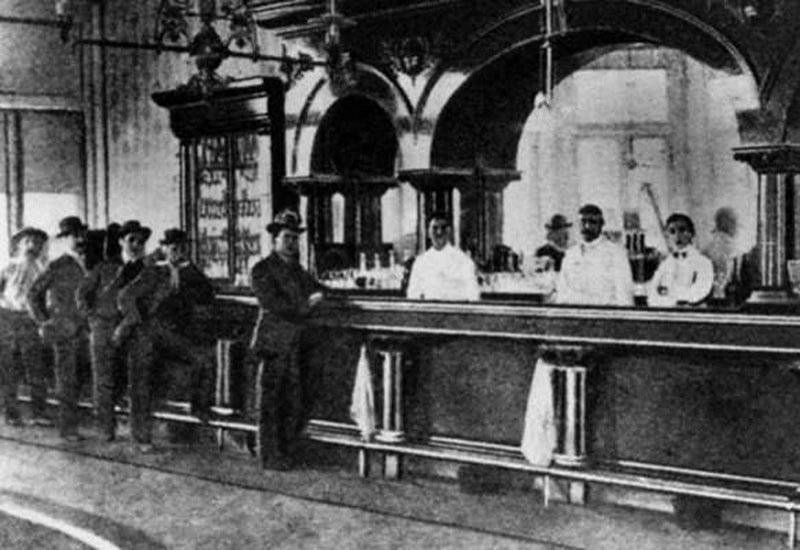
The practice of infusing fortified wine with herbs can be traced back to China (in 1000 BC) and Greece (400 BC), where it was used for medicinal purposes.
In the 16th century, Germans started spiking their wines with wormwood. That’s when the Italian merchant D'Alessio also started adding herbs and botanicals to his fortified wines and invented Vermouth as we know it today.
In the 18th century, Vermouth became popular as an aperitif drink, and two main Vermouth styles (dry and sweet) were established.
With the invention of the cocktail in the 19th century, Vermouth became an essential ingredient for classic cocktail recipes (like the Manhattan and the Martini.) In the US, it was even more loved than table wine.
Although it’s popularity went down in the mid-20th century, it has shot back to being a favorite among bartender professionals and cocktail lovers in the past few decades.
How is Vermouth Made?
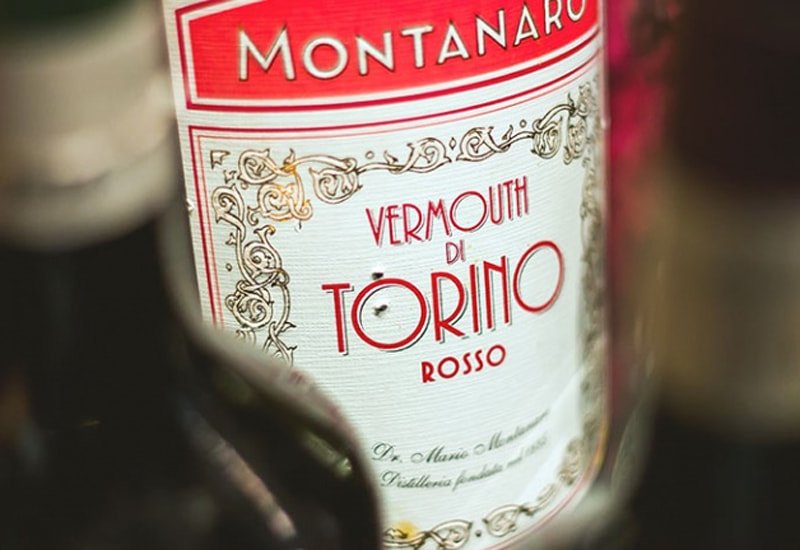
The base wine (made of Trebbiano or other grapes) is sweetened and aged in barrels depending on the winemaker’s style.
Once the wine is ready, spirits are added to it (usually neutral grape brandy or vegetable-based spirits.)
Next comes the part where the ordinary fortified wine transforms into a great aromatic Vermouth.
Vermouth production can happen in two ways:
- Maceration: The fortified wine is added to a barrel with dry botanical ingredients and herbs. The wine is stirred regularly to stimulate the extraction of the botanical flavors. This process can last up to 45 days. In the end, the aromatized wine is filtered and bottled.
- Infusion: When using infusions, the winemaker extracts the flavors of the botanics directly into the spirits through a distillation process. Once the aromatized alcohol is distilled, it is added to the wine base.
The botanical and herbal ingredients that go into Vermouth production are usually kept a secret by the producer. That’s what gives each Vermouth brand its signature taste and style!
Some of the best Vermouth wine producers include:
- Cinzano
- Martini & Rossi
- Noilly Prat
- Carpano
- Punt e Mes
- Dolin
- Tribuno
Next, let’s see which are the most popular Vermouth styles.
Different Vermouth Styles

Some of the more popular Vermouth wine styles include:
- Dry Vermouth: This is white-colored Vermouth produced mainly in France. This French Vermouth has a light body and low sugar levels (less than 4%.)
- Vermouth Rosso: This is a sweet red Vermouth with sugar levels of about 10-15%. This is the signature Vermouth style of Italy. However, it is also the style of most Spanish Vermouths. The first sweet Vermouth ever produced was made in 1786 in Turin.
- Vermouth Blanc: Blanc (also known as Bianco or Blanco) is a sweet white Vermouth predominantly produced in France.
- Other Vermouth styles: There are some other style variations like rose Vermouth (with a distinct pink color) and a golden-colored Vermouth that gets its warm yellow hues from the distilled spirits.
Different Vermouth styles also showcase various flavor notes.
So what does Vermouth taste like?
Vermouth Flavor Profile and Food Pairings
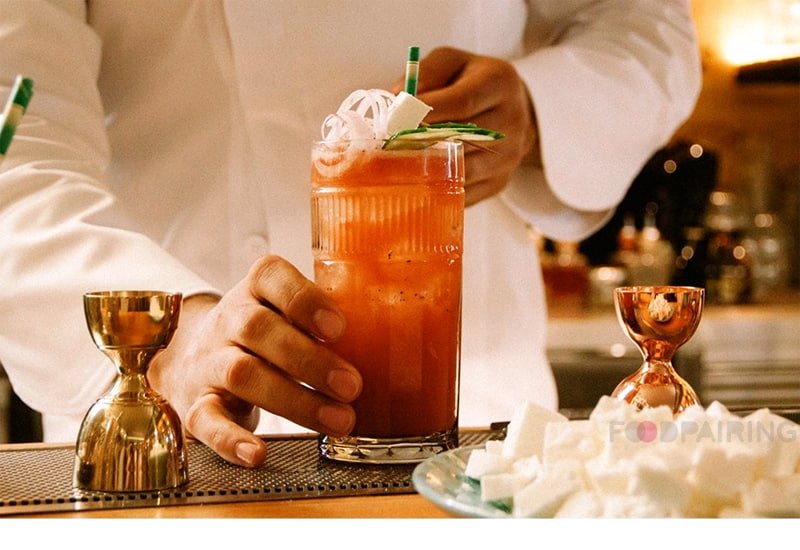
The taste of Vermouth mainly depends on the ingredients that go into its making. So, apart from the classic sweet and fruity or dry and bitter Vermouth, you’ll come across a whole array of flavor notes.
For example, some artisan Vermouth wines might have more unusual flavors like:
- Caramel
- Strawberry
- Lavender
- Shitake mushrooms
- Celery
- Chile
When it comes to food pairings, Vermouth goes well with cured meat and cheese platters, fried seafood, chicken, or even delicious gourmet burgers.
If you enjoy more bitter Vermouths, you can balance them out with sweet fruity desserts while the sweeter ones go great with spicy Asian dishes.
So, how should you drink your Vermouth?
How to Drink Vermouth

More often than not, Vermouth is used in cocktails. And you might be surprised how many cocktails use this essential ingredient!
Here are some classic Vermouth cocktail ideas:
- Martini: This cocktail is usually made with dry white Vermouth and gin (or vodka.) Besides dry Martini, you can also make a sweet one using a sweeter Italian or French Vermouth.
- Manhattan: You can make this Vermouth cocktail with a sweet Cocchi Vermouth di Torino, whiskey, and Angostura bitters.
- Negroni: Negroni is usually made with sweet Vermouth (like Lillet Blanc), gin, Campari, and Angostura bitters.
- Americano cocktail: This refreshing cocktail is simple to make. You just need sweet Vermouth, Campari, some soda, and lemon peel.
- Vieux Carre: The main ingredients here are whiskey, cognac, sweet Vermouth (like the Spanish Vermouth Cabecita Loca or the Italian Cocchi Vermouth di Torino, and some Benedictine liqueur.
- Gibson: This cocktail is made with dry Vermouth and gin or vodka.
- Rob Roy: That’s another classic cocktail made with sweet Vermouth, scotch, and Angostura bitters.
You can also enjoy Vermouth on its own.
Just serve it chilled (about 12°C) in a cocktail glass or over ice in a tumbler. You can also go for the classic aperitif recipe and add an orange or lemon peel to the drink, so you enhance its flavors.
Did you know that Vermouth is also used for cooking?
The herbal Vermouth flavors are a great marinade for different meats, so next time you feel like experimenting in the kitchen, you can try adding some Vermouth to your recipe.
But what can you do with the leftover Vermouth?
How to Store Vermouth Properly
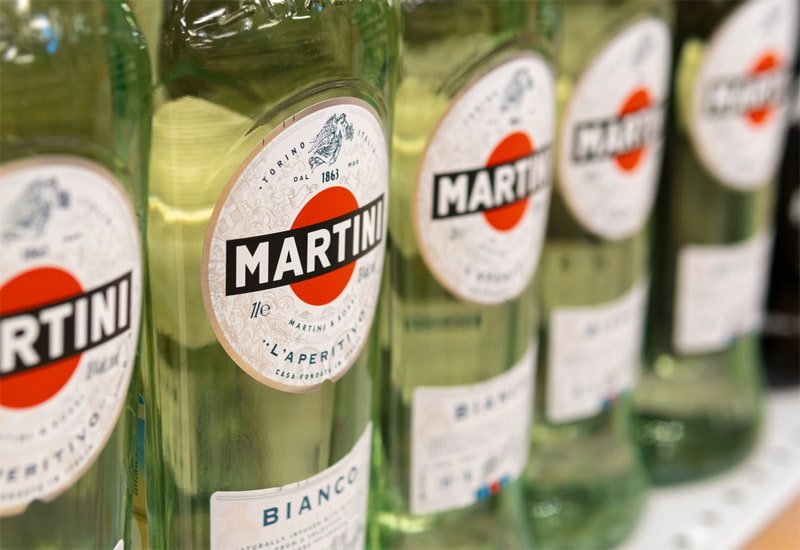
Vermouth usually lasts longer than wine once the bottle is opened but much less than your regular brandy or whiskey.
So, if you have an opened bottle of Vermouth around the house, refrigerate it and don’t store it for more than three months.
Another option to battle leftover Vermouth is to just buy a smaller-sized bottle.
And if you have an unopened bottle of Vermouth, you can store it for about four years after its production.
Next, let’s discover the best Vermouth wines you can buy.
10 Best Vermouth Wines to Buy in 2023
Here are our top picks for Vermouth in 2023:
1. Campari Cordial
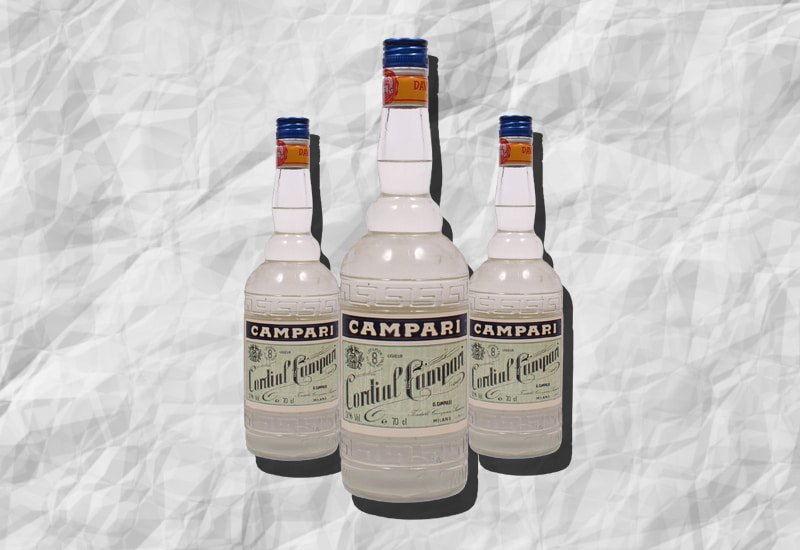
Campari Cordial is a sweet Italian Vermouth that has a rich flavor profile with a dominant raspberry taste.
Campari Cordial was first released in 1892, but since it was stopped from production in 1992, it has become a very rare and highly desirable fortified wine.
Price of Campari Cordial: $238
2. Riccadonna Rosso Americano Aperitivo
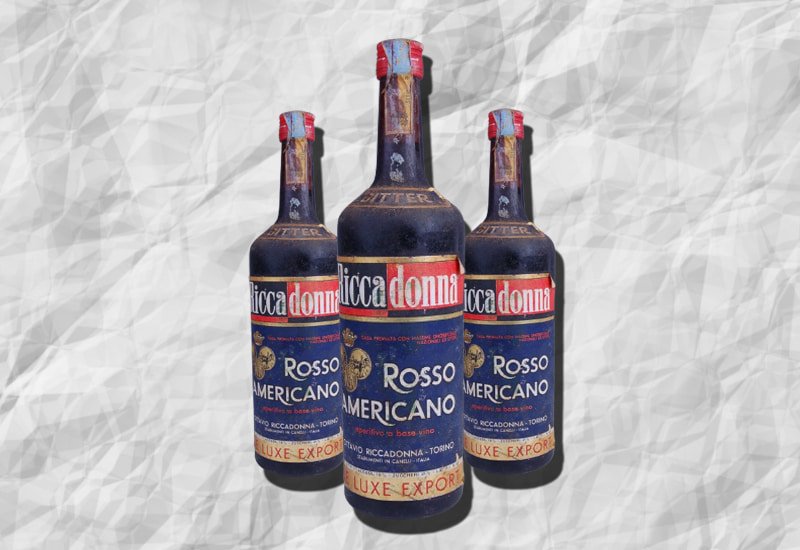
This is another rare red Italian Vermouth. It has a distinct flavor of herbs, sweet bitterness, and alcohol content of 18% ABV.
Price of Riccadonna Rosso Americano Aperitivo: $177
3. Carpano Antica Distilleria Quaglia 'Vermouth del Professore' Jamaican Rum Cask Finish
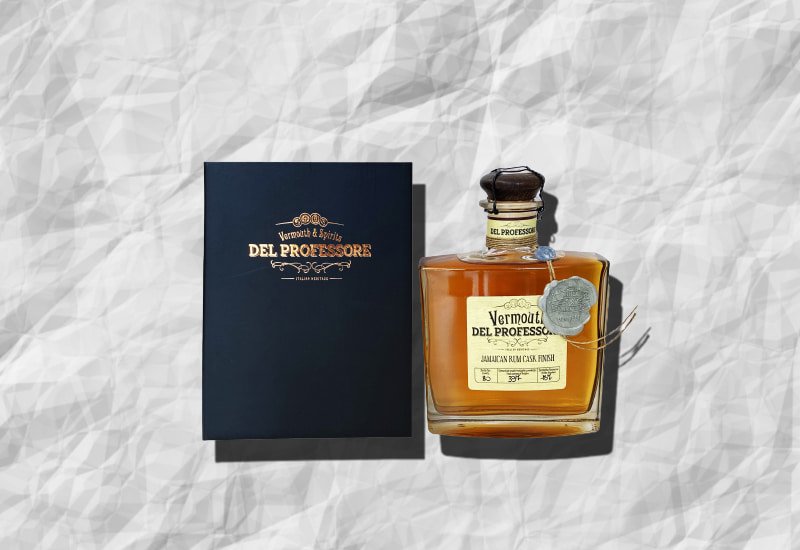
This exquisite Vermouth has a pleasant orange peel flavor profile accompanied by herbal bitterness and distinct hints of coriander and cardamom.
Price of Carpano Antica Distilleria Quaglia 'Vermouth del Professore' Jamaican Rum Cask Finish: $125
4. Cora Vermouth Chinato
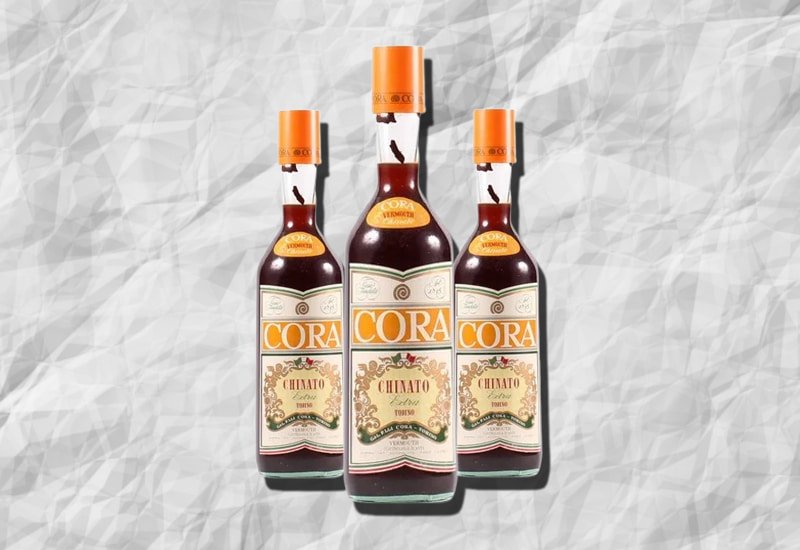
This great red Vermouth has delightful citrus peel hints and a pleasant herbal aftertaste. The palate offers distinct cinnamon, coriander, and licorice tasting notes.
Price of Cora Vermouth Chinato: $160
5. Cinzano Vermouth Amaro

Here we have an outstanding Cinzano Vermouth with a distinct botanical flavor profile. The cardamom and thyme herbs on the palate are overpowered by intense fig and blackberry taste.
Price of Cinzano Vermouth Amaro: $87
6. Matthiasson Sweet Vermouth
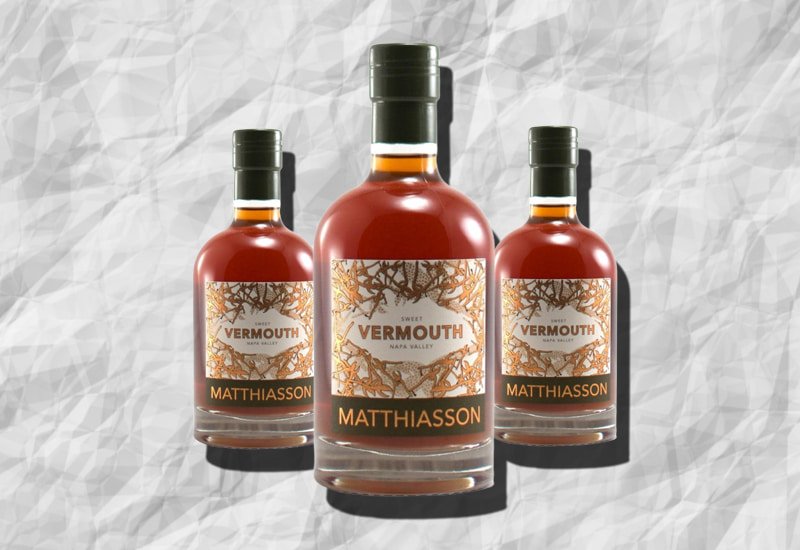
This sweet red Vermouth is a great infusion of herbs, bitters, fruit, and bark. The flavor profile includes black cherry, orange peel, and wormwood hints enhanced by the high sugar levels of this drink.
Price of Matthiasson Sweet Vermouth: $79
7. Partner Sweet Vermouth

This Vermouth offers an opulent nose of exotic herbs and a slight bitterness on the palate.
The fruity palate and distinct citrus aftertaste make it a great drink on its own, on ice, or in your favorite cocktail!
Price of Partner Sweet Vermouth: $52
8. Asterley Bros. 'Artemis' British Red Vermouth
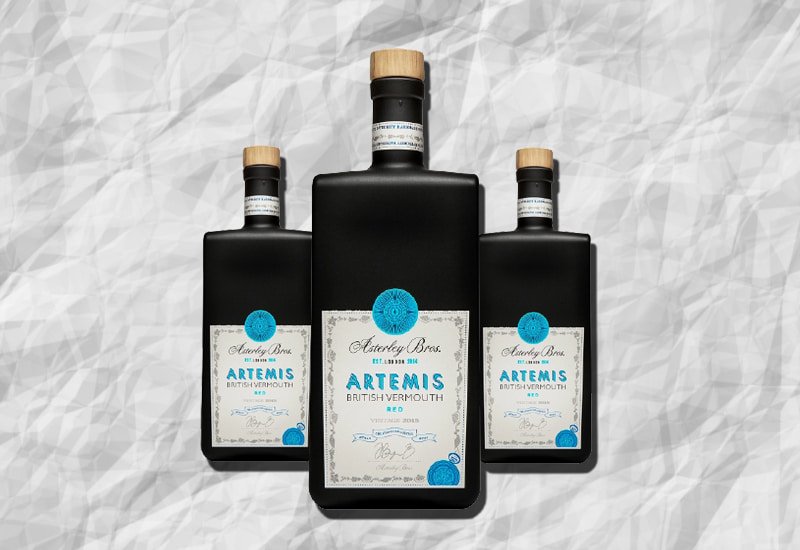
This full-bodied Vermouth from England consists of 31 botanicals, among which are rosemary, wormwood, cacao, and citrus peel.
The base wine is Pinot Noir which combines elegantly with the tasting notes of lemongrass, ginger, and apricots.
Price of Asterley Bros. 'Artemis' British Red Vermouth: $47
9. Quady Winery Vya Sweet Vermouth
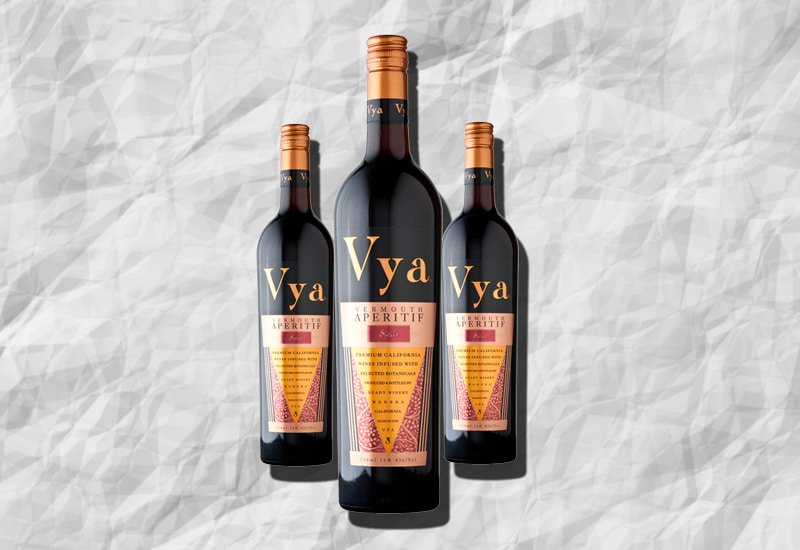
This sweet Vermouth has a Tempranillo and Orange Muscat wine base. This elegant Vermouth is made with 17 different herb, spice, and seed ingredients.
The zesty sweetness of this Vermouth wine is accompanied by spiced apricot, fig, and apple flavors that transition into a long finish with a toffee aftertaste.
Price of Quady Winery Vya Sweet Vermouth: $23
10. Noilly Prat Original Dry Vermouth
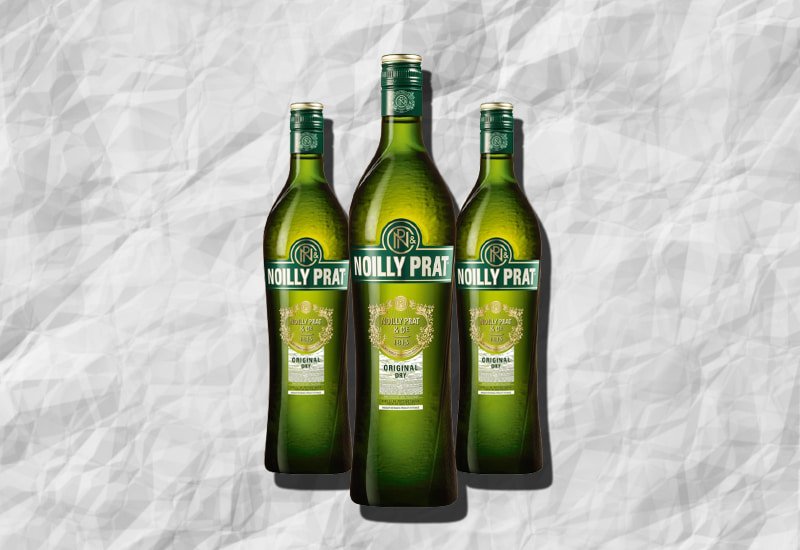
This French extra dry Vermouth has an intense herbal aroma bouquet with a distinct wormwood aftertaste. The flavor profile of this Vermouth includes anise, fennel, chamomile, and spice.
Price of Noilly Prat Original Dry Vermouth: $13
There’s quite a bit of variety in both flavors and price ranges when it comes to Vermouth, so you can definitely find a bottle in your local liquor store that suits your taste and budget.
However, if you’re looking for collectible bottles to cellar for decades and make a profit from, you have plenty of other options.
And the best way to invest in fine and rare wines is through Vinovest.
Let’s see how it works.
Add the Finest Wines to Your Collection With Vinovest

Vinovest is an expert wine investment company that buys, stores, authenticates, and sells your fine wine bottles for you.
How it Works
It’s easy. You just have to:
- Sign up on the Vinovest platform.
- Answer a short questionnaire to determine your investment style (conservative, balanced, or aggressive.)
- Fund your account with a minimum of $1,000.
- Choose from the investment-grade wines that Vinovest’s algorithm has selected for you (based on your investment preferences.)
- Watch your portfolio grow as you sip your glass of fortified wine as an aperitif!
Benefits
Using Vinovest also comes with some great benefits such as:
1. Best Prices
Since Vinovest sources all its wines directly from global wine exchanges, wholesalers, and winemakers, they offer you the best possible prices on your favorite fine wines.
2. Hassle-free Buying and Selling
Vinovest’s AI-based platform allows you to buy collectible wines from all around the world with just a few simple clicks.
3. Curated Portfolio
Vinovest’s team of wine sommeliers and data scientists will ensure you have a balanced portfolio of high-performing wines that suit your investment style.
4. Optimal Storage and Safety
Vinovest stores your wines in bonded warehouses located near some of the best wine regions around the world. This reduces excessive movement and vibration, which could damage the wine.
The modern facilities also provide optimal light, humidity, temperature, and vibration levels at all times. In a case of a power failure, each facility is equipped with power backup generators that will maintain the optimal storage conditions.
5. Guaranteed Authenticity
Before you buy wine through Vinovest, their wine expert team traces the provenance of each bottle and guarantees its authenticity. This way, there’s no risk of buying a counterfeit bottle.
6. Low Overall Costs
Vinovest charges 2.85% annually (or 2.5% for portfolios bigger than $50,000.) This fee includes the buying, storing, authentication, and selling of your wine bottles, as well as portfolio management and a full insurance policy.
7. Tax Advantages
Since Vinovest’s storing facilities charge no excess duty or VAT, you get significant tax advantages.
8. Easy Delivery
If you want to try the bottle of wine you just bought, Vinovest will ensure hassle-free and safe delivery. Just let them know, and the rest will be taken care of.
Vinovest will also deliver it safely to your buyer if you choose to sell the wine.
Building a Wine Portfolio Is As Simple as Whipping Up a Vermouth Cocktail!
Vermouth is a great fortified wine that recently regained popularity. It is also an essential cocktail ingredient for some of your favorite drinks like Negroni and Martini.
With a bottle or two of Vermouth in store, you’ll always be prepared for a fun cocktail night with family or friends.
And, if you’re looking to build a profitable wine collection, search no more and sign up with Vinovest right away.
